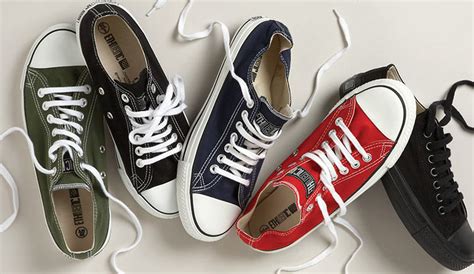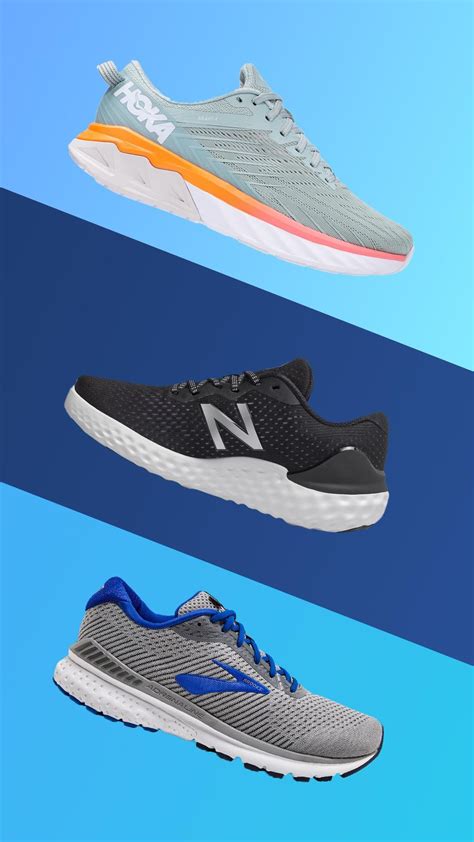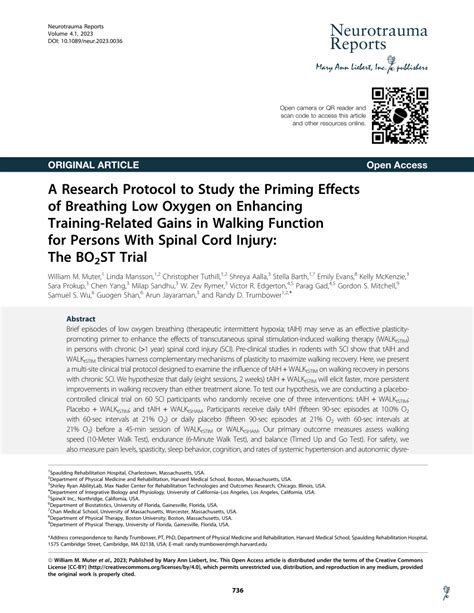Which athletic shoes offer peak performance, comfort & injury prevention?

Choosing the right athletic shoes is more than just a style statement; it’s a critical decision that impacts your performance, overall comfort, and long-term health. The ideal pair acts as an extension of your body, enhancing your capabilities while protecting against the repetitive stresses of physical activity. But with an overwhelming array of options, how do you pinpoint the shoes that truly deliver on all three fronts: peak performance, unparalleled comfort, and robust injury prevention?
The Athletic Footwear Trifecta: Performance, Comfort, and Injury Prevention
Elite athletes and casual exercisers alike understand that the perfect athletic shoe strikes a delicate balance. Performance is about responsiveness, grip, and enabling efficient movement. Comfort ensures you can sustain your activity without distraction or pain. Injury prevention focuses on stability, shock absorption, and proper foot alignment to mitigate risks like sprains, strains, and overuse injuries.

Unlocking Peak Performance
For peak performance, look for shoes engineered to support your specific sport. Running shoes, for example, prioritize lightweight construction and energy return from the midsole, often featuring responsive foams like boost, ZoomX, or DNA LOFT. Court shoes (basketball, tennis) emphasize lateral stability, durable outsoles for quick pivots, and ankle support. Cross-training shoes offer a more balanced approach for varied movements.
- Responsiveness: A midsole that provides a springy feel, returning energy with each step or jump.
- Grip/Traction: Outsole patterns and rubber compounds designed for optimal traction on specific surfaces.
- Lightweight Design: Reducing unnecessary bulk allows for faster movements and less fatigue.
The Core of Comfort: Fit and Feel
Comfort is highly personal, but universal factors contribute to a great experience. Proper fit is paramount; shoes that are too tight, too loose, or the wrong shape for your foot can lead to blisters, chafing, and pain. Ample cushioning, strategically placed padding, and breathable materials also play significant roles.

When trying on shoes, consider walking, jogging, and even mimicking some movements from your sport to assess the fit and feel. Ensure there’s about a thumb’s width of space between your longest toe and the end of the shoe, and that your heel feels secure without slipping.
Prioritizing Injury Prevention
Injury prevention is where the science of athletic footwear truly shines. This involves elements that support your natural biomechanics and absorb impact effectively. Shoes designed with proper arch support, stability features (like medial posts for overpronators), and superior shock absorption can significantly reduce the risk of common athletic injuries.

- Stability & Support: Features that prevent excessive foot movement, such as pronation or supination, keeping your foot aligned.
- Shock Absorption: Midsoles designed to dissipate impact forces, protecting your joints from repetitive stress.
- Proper Fit for Gait: Understanding your foot type (neutral, overpronator, supinator) and choosing shoes that complement your natural stride.
Matching Your Shoes to Your Activity
The best shoe for a marathon runner will differ greatly from one suited for a powerlifter or a basketball player. Running shoes are optimized for forward motion. Cross-trainers are versatile for gym workouts, lifting, and agility drills. Trail shoes offer enhanced grip and protection for off-road adventures. Consulting with a specialist at an athletic footwear store, especially one offering gait analysis, can be invaluable in making the right choice.

When to Replace Your Athletic Shoes
Even the best athletic shoes have a lifespan. As cushioning compresses and outsoles wear down, their ability to provide performance, comfort, and injury prevention diminishes. A general rule of thumb is to replace running shoes every 300-500 miles or every 6-12 months, depending on your activity level and intensity. For other sports, look for signs of wear and tear, such as reduced cushioning, worn-out treads, or structural breakdown.
Conclusion
Selecting athletic shoes for peak performance, comfort, and injury prevention requires a thoughtful approach. By understanding the key features that contribute to each aspect and matching them to your specific activities and foot type, you can invest in footwear that truly supports your athletic endeavors. Prioritize fit, consider your biomechanics, and don’t hesitate to seek expert advice to ensure your next pair helps you move better, feel better, and stay injury-free.









